As a Nevada community fights a lithium mine, a rare fish and its haven could be an ace in the hole

This article originally appeared on Inside Climate News, a nonprofit, independent news organization that covers climate, energy and the environment. It is republished with permission. Sign up for their newsletter here.
AMARGOSA, Nev.—Eight thousand years.
That’s roughly how long it takes for snowmelt from Mount Charleston, north of Las Vegas, to reach the aquifer in the Amargosa Basin and Death Valley—the hottest and driest corner of the United States. The temperatures are among the hottest on Earth, with Death Valley potentially setting a world record of over 130 degrees Fahrenheit this summer. Rain is scarce, just a few inches a year in the basin. Its namesake river largely runs dry on the surface, the water hidden underground. The only sign of life across much of the valley adjacent to Death Valley National Park is the sea of creosote bushes, but islands of mesquite and cottonwood trees hide pools of water bluer than the sky above.
And despite the harsh conditions, those scattered springs, streams and seeps have made this place—Ash Meadows—one of the most biodiverse places in the world. Often called the “Galapagos of the Mojave,” at least 26 endemic species here are found nowhere else, including the rarest fish in the world, the Devil’s Hole pupfish, which lives in a water-filled cavern where the temperature exceeds 90 degrees Fahrenheit.
Many species here have long teetered on the brink of extinction. Human activity in the later half of the 20th century nearly dried up the water supply vital to the area’s plants and animals until the Endangered Species Act, a Supreme Court decision and conservationists saved Ash Meadows by limiting groundwater pumping by local ranchers to maintain water levels critical to the endangered pupfish, eventually designating Ash Meadows as a wildlife refuge in the 1980s.
That turned the pupfish into a hated pest for many area residents, as protecting it and other wildlife stopped development and economic opportunities faded away. But this past year, a new threat emerging just outside Ash Meadows National Wildlife Refuge transformed the fish from a villain to a hero.
Pickets across the valley mark mining claims to explore for lithium, the mineral critical to batteries for electricity vehicles and storage of the energy from wind and solar projects. Now, a broad coalition of residents, environmentalists, tribes and local leaders are counting on the Endangered Species Act, the refuge and the pupfish to save them from a proposed mine that they fear will further deplete their scarce water resources, threatening the life that has found a way to thrive in the hottest place in the world.
“We want to save Ash Meadows, but Ash Meadows is going save us,” said Carolyn Allen, chair of the Amargosa Valley Town Board, who is helping lead the fight against proposed mining activity.
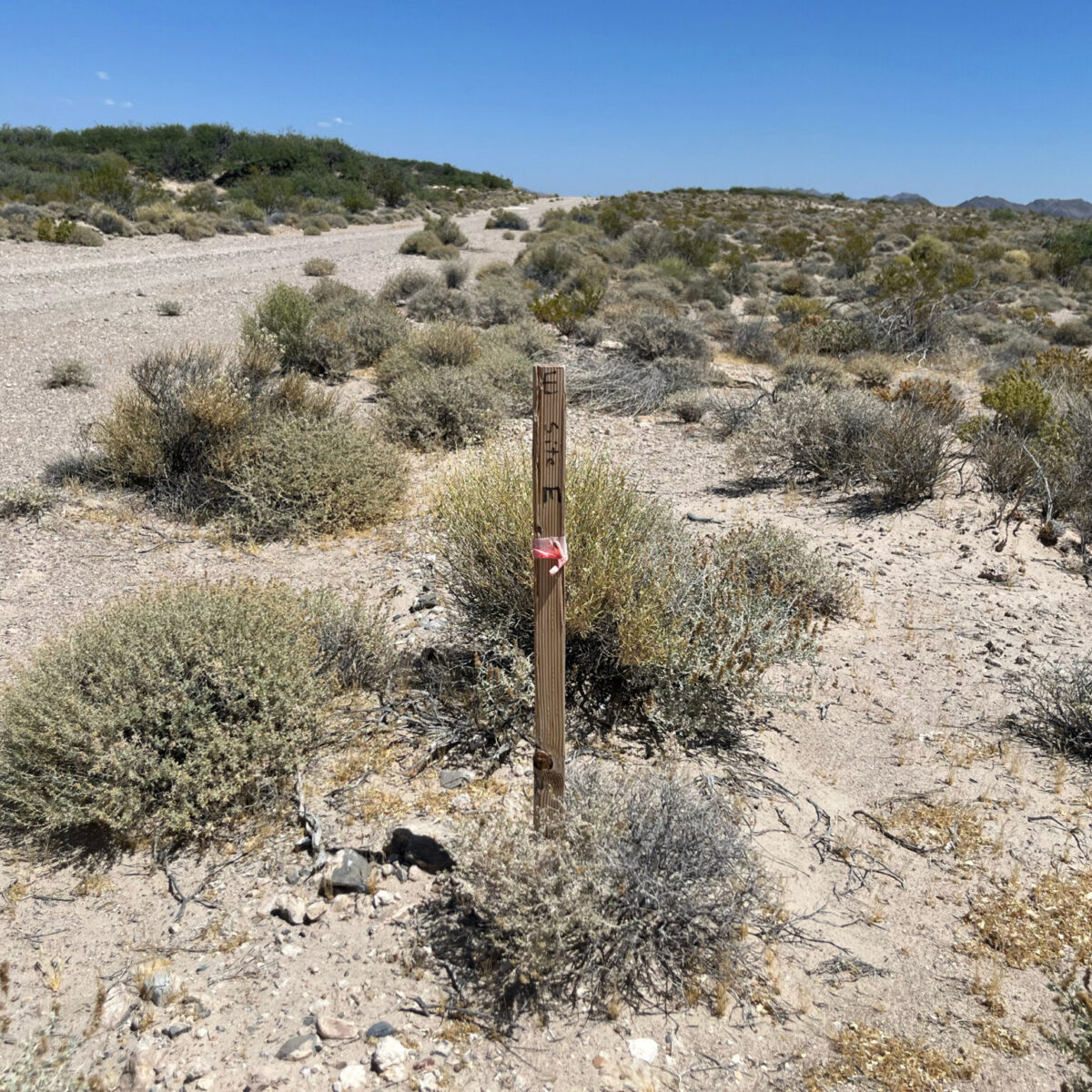
Water has always been a priority, she said. Already, the aquifer is seeing too much groundwater pumping, putting the endangered species and community here at risk of extinction. Residents’ wells are running dry, spitting out nothing but sand, and a fix would cost tens of thousands of dollars.
“It’s the desert,” she said. “Water is the lifeblood of everything.”
Exploratory Drilling and Endangered Species
No more than 1,500 feet away from the refuge’s northernmost spring, where on a hot summer day, schools of the colorful endangered Ash Meadows Amargosa pupfish and Ash Meadows Amargosa speckled dace swam, is a playa with a butte filled with lithium that’s attracted the attention of Rover Critical Minerals. The exploratory mining company is looking to drill in the area to research the potential for a mine here. But a study commissioned by the Nature Conservancy—which led the push in the ‘70s and ‘80s to create the refuge by buying up the land around Ash Meadows and transferring it to the U.S. Fish and Wildlife Service—found a mine in the area would cause the aquifer to drop 50 feet at the site of the dig, and between two and 30 feet throughout the entire refuge.
Rover was supposed to begin its exploratory drilling last summer, but the Bureau of Land Management, which controls roughly 95 percent of the land in the Amargosa Valley, approved the work without conducting an environmental review, leading the Amargosa Conservancy and Center for Biological Diversity to sue. The BLM pulled its approval of the project and began the review. But in May, locals awoke to claims staked right outside their homes. Rover also proposed exploring the mining potential farther from the refuge but closer to the town and Death Valley National Park.
The project is the latest in a series of environmental battles between mines seeking to dig minerals deemed critical for the renewable energy transition and communities and environmentalists opposing the projects due to their impacts on natural and cultural resources. But unlike many of those disputes, which typically pit mining companies, federal agencies and some local leaders against environmentalists and tribes, the Ash Meadows project has nearly zero local support.
The strange bedfellows Rover’s proposal has united in opposition are seeking action from Congress or the Biden administration to withdraw the area from mining development for 20 years. Coalition leaders and other local residents visited congressional representatives in Washington D.C. and officials in the Interior Department to discuss the options for protecting the area. A mineral withdrawal, which has drawn the support of environmentalists, town leaders, the Timbisha Shoshone Tribe, conservative Nye County and the state’s senators, would allow no new mining claims in the area, but existing claims would still be valid, meaning Rover’s project could continue.
After the meetings in D.C., Mason Voehl, the executive director of the Amargosa Conservancy, an environmental group that has helped lead the push to protect the refuge and build the coalition, said they’ve pulled all the levers available to them and demonstrated the concerns of locals to those in charge. “This is about so much more than conservation,” Voehl said, highlighting the local water supplies at risk and the chance of more mining claims being filed before a mineral withdrawal takes place.
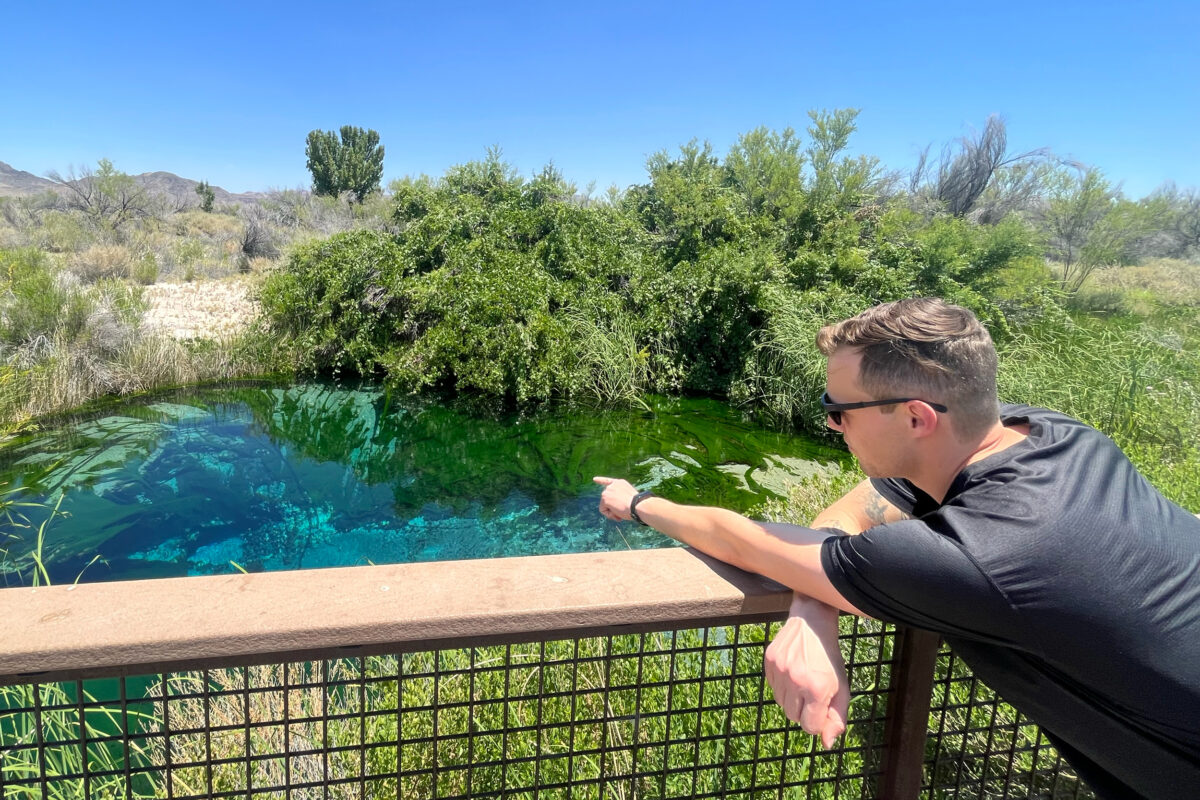
While environmentalists and locals don’t often get along, Voehl said, the potential impacts of the mining proposed near Ash Meadows have made everyone realize the precariousness of the region’s water supply, and changed perspectives on the species the refuge was created to protect.
“There’s been a long history of resentment in these communities, of feeling like it was the Devil’s Hole pupfish that was holding them back from pursuing economic development,” Voehl said. “Now, because of this issue, the narrative is completely flipped. People are now saying ‘We’ve always hated the pupfish, but now it’s going to save us.’”
So far, representatives in D.C. and agency officials have expressed openness to taking action. On July 2, Sen. Catherine Cortez-Masto, Sen. Jacky Rosen and Reps. Steven Horsford, Susie Lee and Dina Titus, all Nevada Democrats, sent a letter to the Interior Department requesting it “expeditiously initiate and complete a 20-year mineral withdrawal” for 276,000 acres of public lands in the Amargosa Basin to protect the watershed, Ash Meadows, Death Valley and nearby communities. The proposed exploratory drilling and potential mine threatened “widespread catastrophic effects on this fragile landscape.”
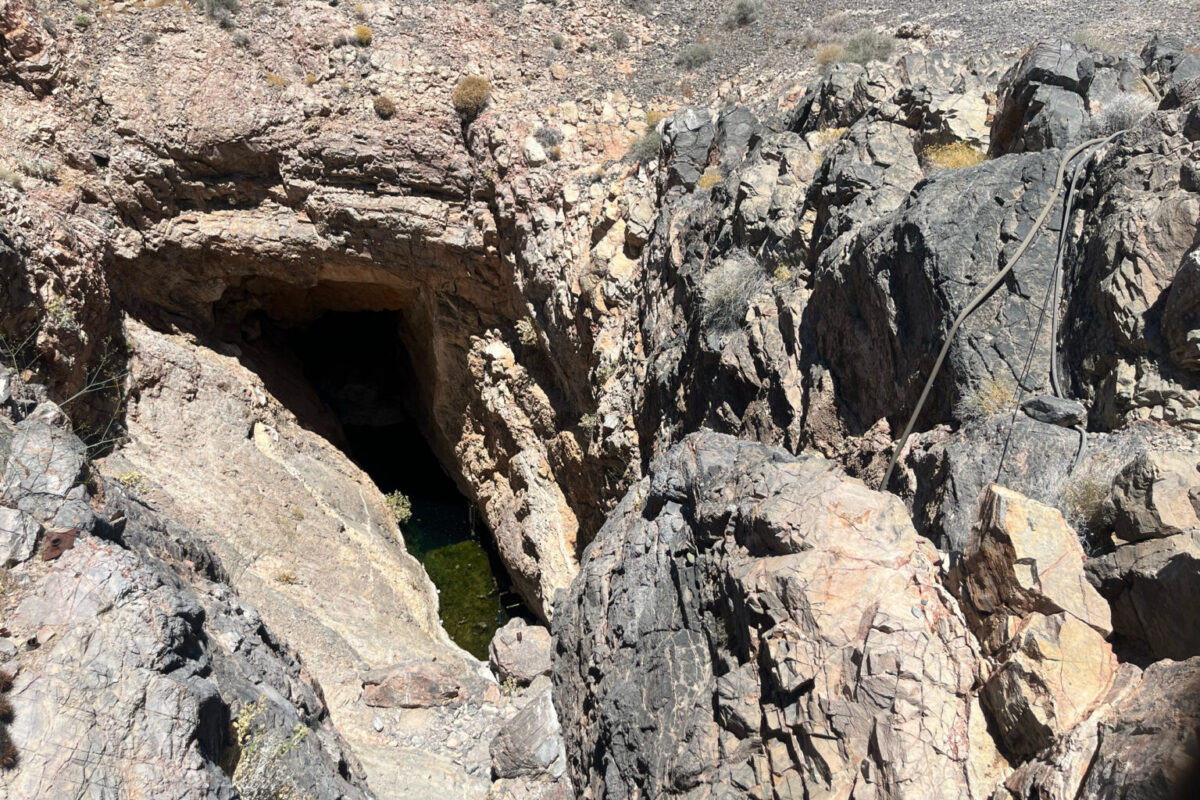
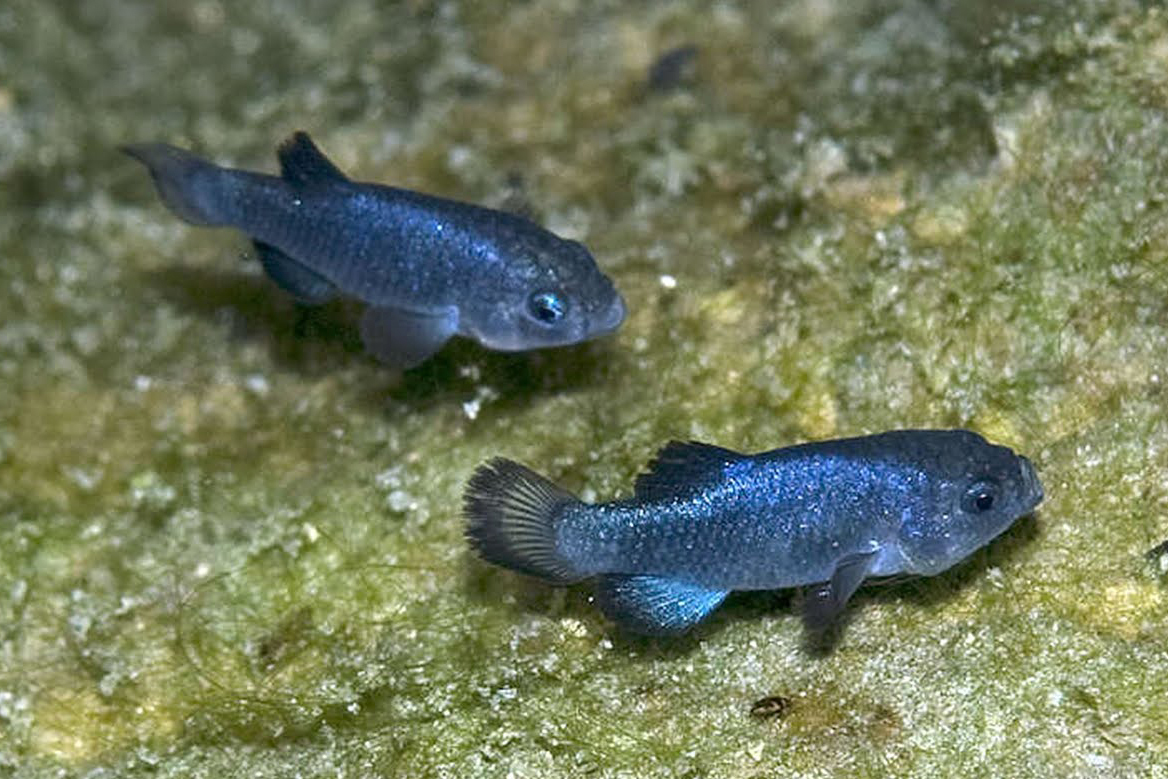
Last month, Cortez-Masto asked BLM Director Tracy Stone-Manning at a congressional hearing to commit to protecting Ash Meadows, which Stone-Manning agreed to visit, saying she would work with the community on the issue.
“The fish there are being threatened by a proposal to drill into the sensitive groundwater which would dry up seeps and springs in the refuge,” Cortez-Masto said during the hearing. “Let me just say, every community leader that lives in that area, they’re unanimous the department move forward with a withdrawal as quickly as possible.”
A Mining Executive Appears
In June, almost a year after news of the proposed mining exploration project broke, Judson Culter, the CEO and founder of Rover Critical Minerals, stood before residents of the Amargosa Valley for the first time to walk through his company’s plan.
The Canadian company had started as a gold exploration company, he said, but pivoted to critical minerals two years ago because of the “Cold War of economics” between the U.S. and China and the financial incentives for critical minerals like lithium. As an exploration company, he explained, Rover wasn’t interested in actually mining the area itself, but hoped to identify areas with high grades of the mineral that would be economical to extract, secure the permits to get it and then sell them to the highest bidding mining company. Rover is still early in that process, working to secure the permits needed to drill and test the area’s mining potential. The company, he said, is still six years away from a feasibility study of the economic viability of mining the Amargosa.
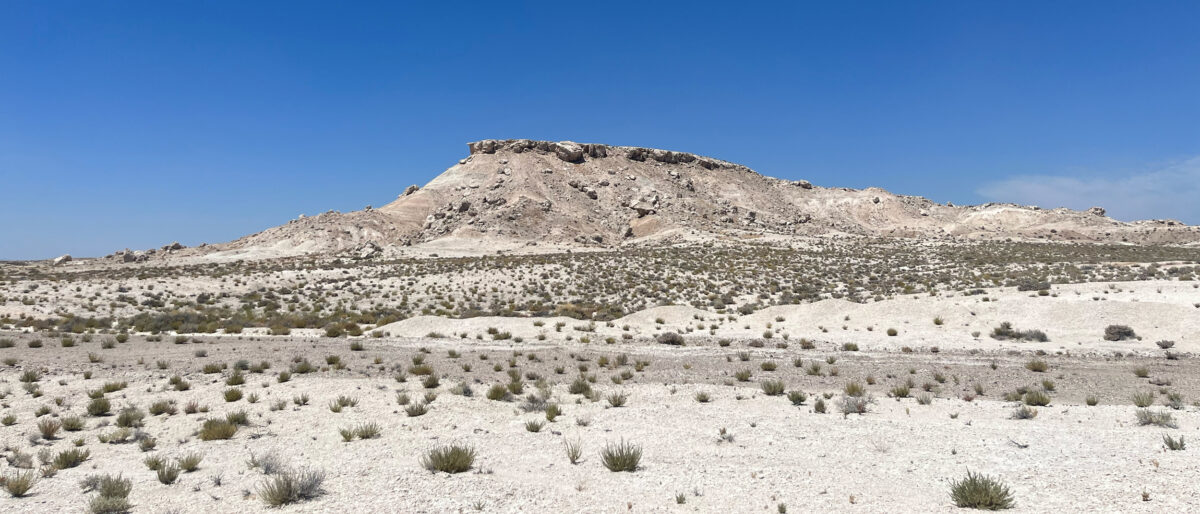
Culter promised the exploratory drilling would not impact water supplies, as they’d only bore to 30 feet and employ a less invasive method to drill than typically used. But the company’s original plans called for drilling hundreds of feet into the aquifer, which environmentalists said posed the risk of water leaking out of the puncture. After residents questioned him, Culter conceded that they would drill until they hit water, even if it was deeper than 30 feet. Any mining company would largely mine the surface of the land, going down only 30 feet or so, he said, as that’s where they think the lithium is. Rover’s original plans, however, called for an open pit mine, which typically would be deeper.
Despite Culter’s commitments, the more than 100 residents who showed up to the town hall remained skeptical, if not outright hostile to the idea of a mine in their community. Only two spoke in support, one of whom said most of them would be dead in 10 years, so it wouldn’t matter if the water was gone.
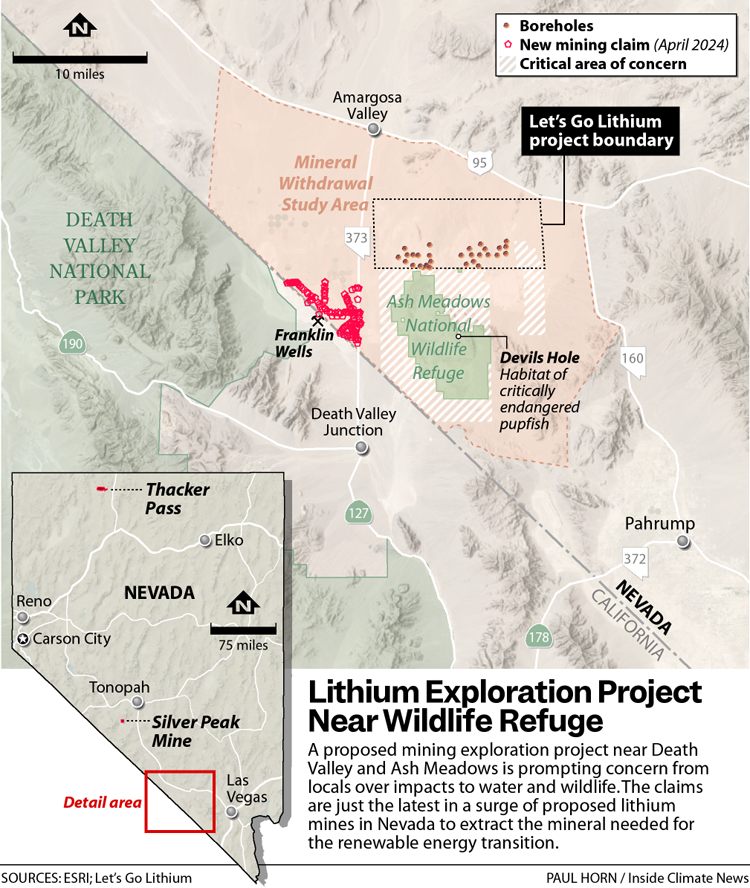
Most of the rest had the same question: Of all places, why here?
Culter said the company looks for places with the desired minerals and the resources to support a mine, like a town with a workforce. “We’re here to create jobs if we’re successful,” he said
But with wells already running dry in the community, most speakers feared what both the exploration and a potential mine could do to their water supply, even if the project did one day bring jobs.
“Why allow these types of water-hungry companies to establish in our desert,” one resident asked. “The Western United States has been experiencing a mega-drought the last two decades. [The companies] have no emotional connection to this land and the people who live there. They do not care if the developments leave a wicked scar in the vicinity.”
“We’re all worried about our homes, our children, our water,” another resident told Culter, her voice rising with anger. “We live in the desert. Water is a necessity but you can’t answer these questions, because you’re not the one that’s going to be actually doing the drilling. You’re just the suit.”
Rover is close to finalizing a new plan of operations, Culter said, and he could come back when that’s made public and the community could vote on the project. Allen, the town manager, took him up on the offer.
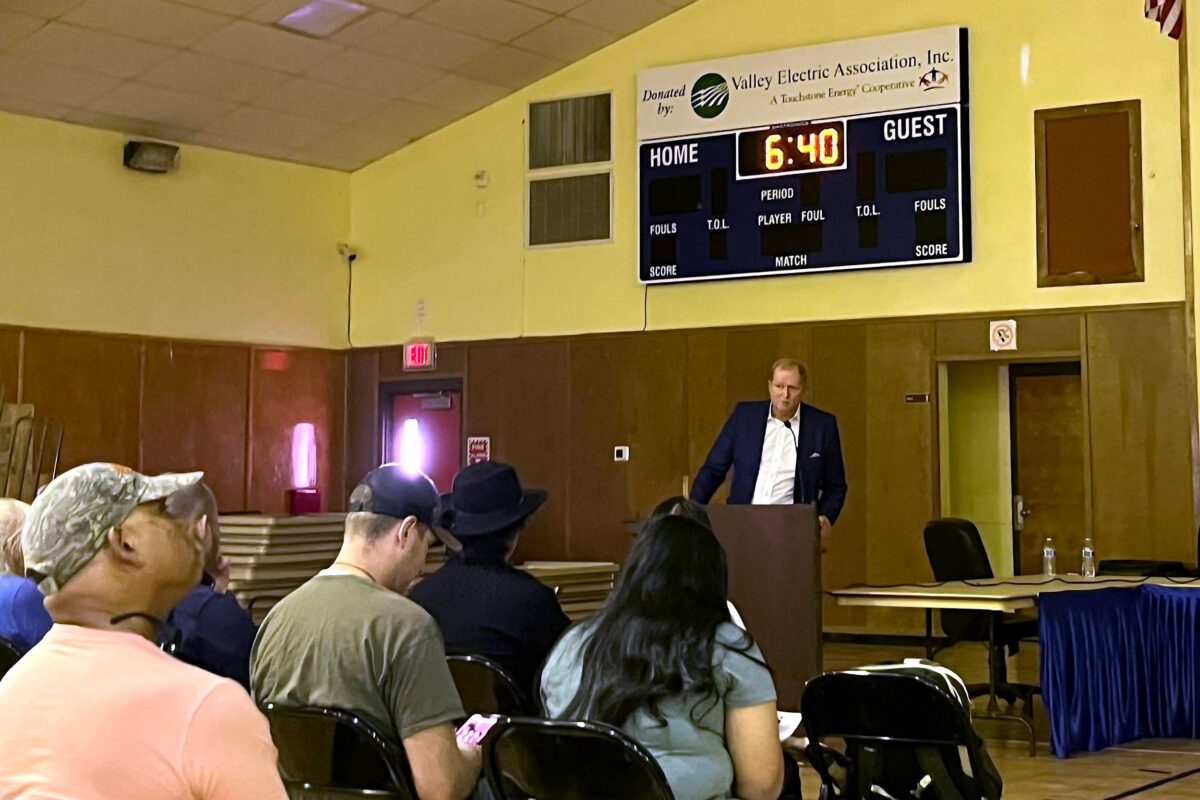
After the meeting, Culter told Inside Climate News that a vote would “make it a factual based process, not an emotional one.”
A local vote, however, would have no real impact on whether the exploration, or eventual mining, goes on or not. Approval for the project is up to the BLM, rather than the local government, as the project is on public land managed by the federal agency. Culter said he would have to take the vote to the company’s shareholders, which could choose not to pursue it in the face of strong local opposition, and he blamed environmentalists for creating a vocal minority against the project.
‘It’s About Survival’
As the nation pivots away from fossil fuels, few states will be as important to the renewable energy transition as Nevada.
Massive solar farms will soon stretch across much of the Amargosa, with new transmission lines proposed to transport the energy to major metropolitan areas. Farther north is the only operating lithium mine in the U.S., but more are certainly on their way.
In the U.S., mining is governed by the Mining Law of 1872, which made “all valuable mineral deposits in lands belonging to the United States … free and open to exploration and purchase.” To this day, all one needs to do to stake a mining claim is plant four stakes into the ground and file it. No royalties are paid for the minerals extracted from the lands owned by American taxpayers, something other extractive industries on federal lands like oil and gas developers are required to do. And Congress is actively considering legislation to make it even easier to mine.
Due to the law’s language and age, it often supersedes other uses for the land or concerns about a mine. In the Silver State, where 80 percent of the land is public and managed by the federal government, the impact is evident, with mining long being the crux of the state’s economy.
Allen and Amargosa residents know Ash Meadows is what makes this fight different. The nearby sister city of Beatty has multiple gold mining projects in the works. Community leaders there, worried about their water and how the mines, solar and transmission lines will change their way of life, have joined the fight to save Ash Meadows by submitting letters in opposition to the mine and speaking out publicly against it at the recent town hall. The refuge, and its protections, make all the difference. Anywhere else, and a mine would likely be impossible to stop, they say.
“You could swing a dead cat on the Nevada-California border and hit lithium anywhere,” Allen said, so why mine for it so close to Ash Meadows? Rural Nevada communities like hers are already bearing the brunt of the burden of the renewable energy transition, she said, noting her willingness to work with developers and federal and state agencies on solar and other developments for cleaner energy.
But the mine, she said, threatens the livability of the community. The local dairy farm—the town’s largest employer and water user—is likely to close soon, its water potentially supplying the solar farms planned in the area, which often use it to mitigate dust. The community’s longevity is already questionable, but the mine would be its end, she fears.
“It’s about our survival,” she said. “How many ghost towns do we have in Nevada? We don’t need any more.”
